Watch a Museum conservator reposition the delicate skeleton of Napoleon Bonaparte's horse, Marengo.
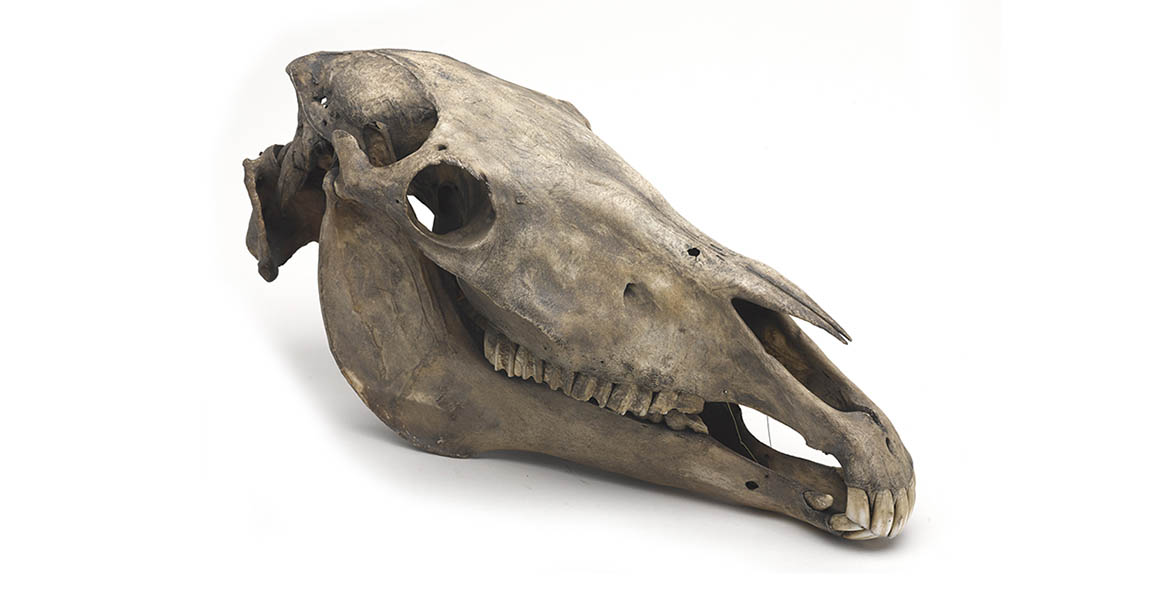
Marengo's skull © National Army Museum
This small stallion carries the weight of more than 200 years of history, having served in the French army under Napoleon Bonaparte.
Napoleon rode Marengo through battles across Europe from 1800 until 1815. Although the steed was just 1.4 metres tall - and was injured in battle eight times - he never threw his master from the saddle.
Marengo was abandoned at the Battle of Waterloo in 1815 and brought to England, where his skeleton was preserved after his death in 1831. It has been on display at the National Army Museum in London since the 1960s.
Gravity had taken its toll after all those decades on show. Museum conservator Arianna Bernucci was called in to provide expert help in restoring the faithful horse's noble posture.
Watch the National Army Museum's video documenting the skeleton's conservation
A new position
Marengo was transported to the Museum's world-leading Conservation Centre so Arianna could assess his condition.
She started by repairing tiny cracks in the skeleton's sternum and ribs. She also removed debris from the surface of the specimen with a vacuum, a soft brush and a sponge.
But the biggest job was to reposition the body, making Marengo more lifelike, with more mobile legs and an upright head.
'The horse's old stance didn't look natural, and the old mount wasn't doing it justice,' says Arianna.
'There was a lot of weight in the front legs, and the head drooped to the floor. The skeleton had sagged and settled that way over time, but it isn't the way a horse would hold itself.'
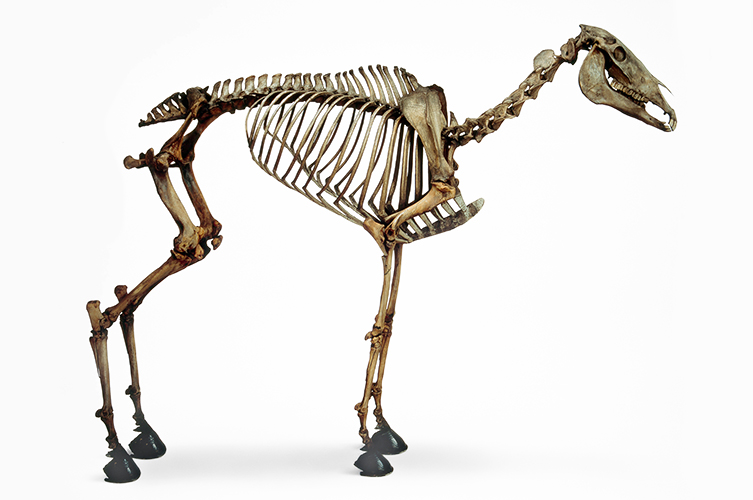
Marengo in his old stance © National Army Museum
National Army Museum curator Sophie Stathi advised on the horse's new stance.
Sophie says, 'The peculiar stiff position of the legs made him look more like a mule. He was one of the most loved objects in the old museum, but every time I came into the gallery I always thought there was something sad about him.
'He was a remarkable animal, and he deserves for us to do better by him.'
Joining forces
After the first clean, Arianna worked with Derek Bell, an expert prop modeller at Glueworks Studio in Suffolk. They removed three of Marengo's legs to build him a new supporting armature.
It was a slow and painstaking job because the pair had to remove old, thick metalwork from around the skeleton before rebuilding it.
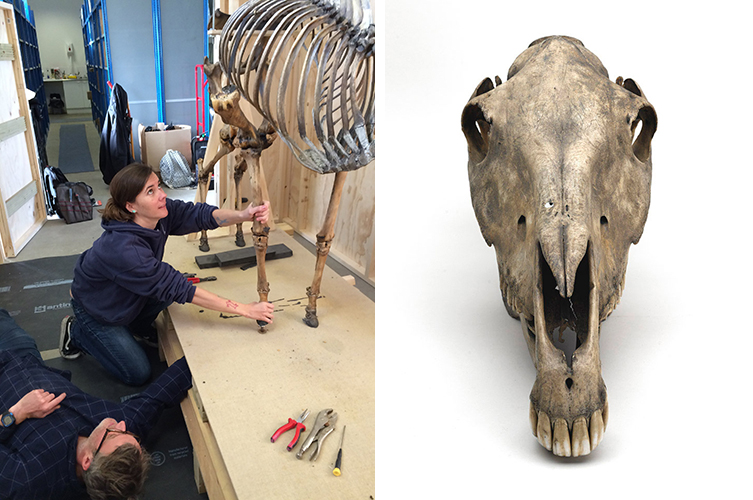
Arianna takes a close look at Marengo's legs, left, and a view of the horse's skull, right
Arianna says, 'We checked that the bones were strong enough for us to rework them, and thankfully they are in good condition.
'The team wanted to provide extra support for the head. It also needed a thorough clean, although the goal has never been to make it gleaming white.
'We wanted to preserve its look and respect the fact that it is a historic specimen.
'The dismantling was a success, and Derek can now finish the new armature. Marengo will soon be ready for public display again, holding his head up high.'
Marengo will go back on display at the new National Army Museum when it opens in spring 2017.
Learn more
- Read about Marengo's history on the National Army Museum website
- Discover more about the work of our Conservation Centre
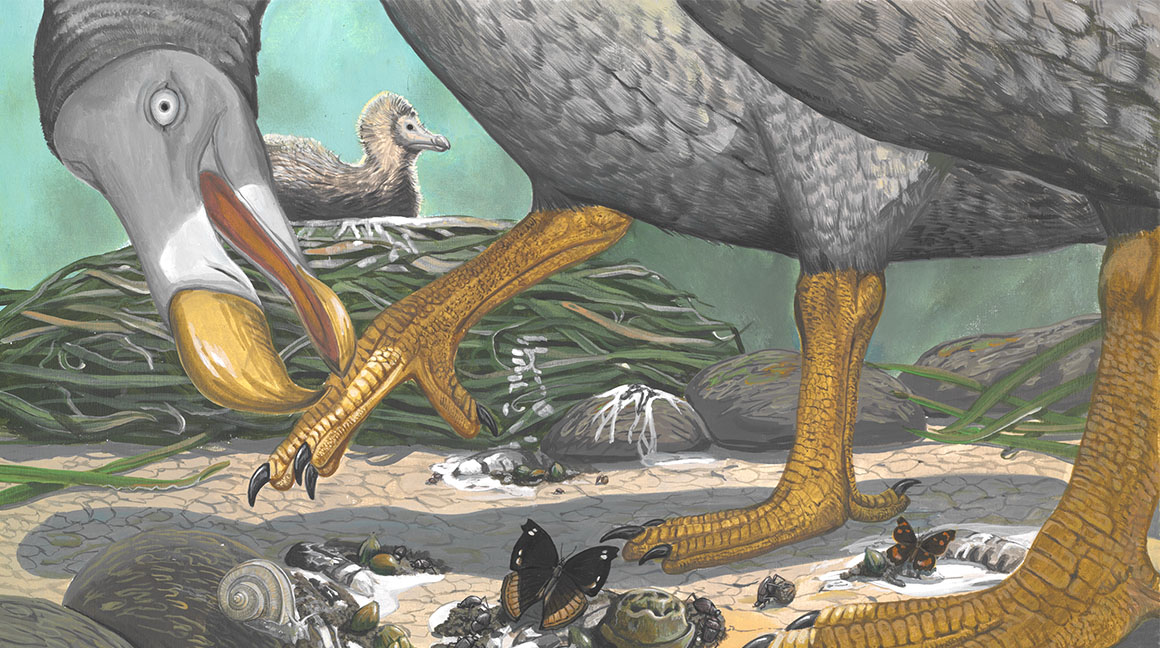

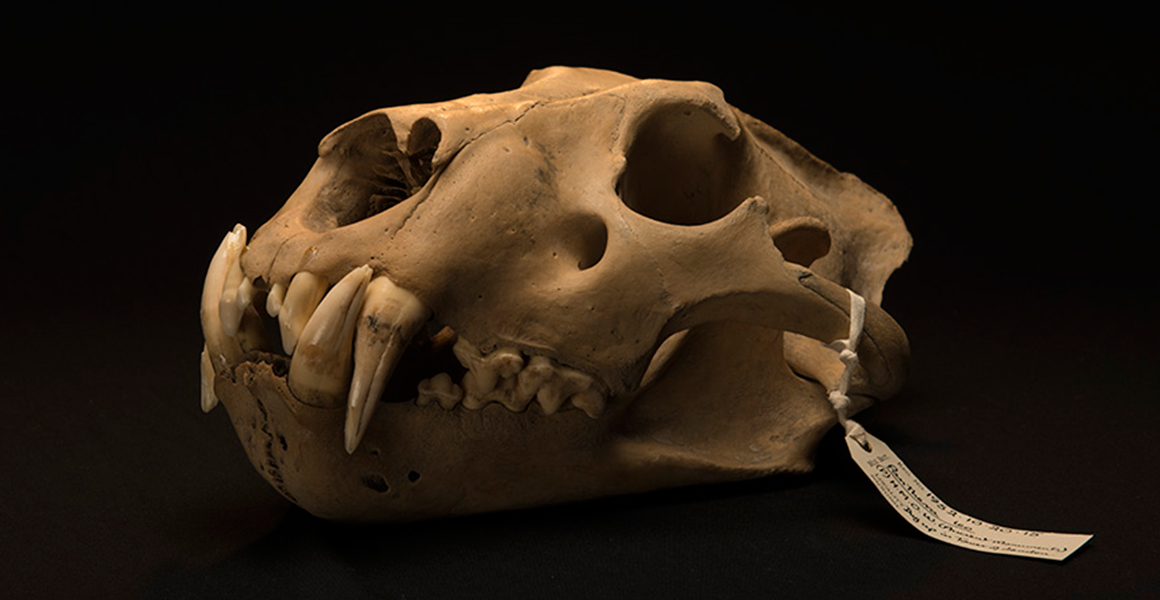

Don't miss a thing
Receive email updates about our news, science, exhibitions, events, products, services and fundraising activities. We may occasionally include third-party content from our corporate partners and other museums. We will not share your personal details with these third parties. You must be over the age of 13. Privacy notice.
Follow us on social media